If you’ve ever kicked a ball around long enough, you know there’s a world of difference between the one you use for practice and the one you take to the big game.
A soccer ball is not “just a soccer ball” – the feel, weight, panel design, and materials can completely change how you control, pass, or strike it.
And while most people think one ball can do it all, the reality is, you’ll get better results (and enjoy your game more) when you match the ball to the setting.
Key Points
- Training balls are built for durability and repetition, not necessarily for match-level touch.
- Match balls focus on performance, precision, and meeting official regulations.
- Materials, construction, and bladder type can significantly affect feel and flight.
- Price often reflects the intended use – top match balls can cost much more than training models.
- Owning both can improve your skill development and game-day performance.
Why Training and Match Balls Are Built Differently
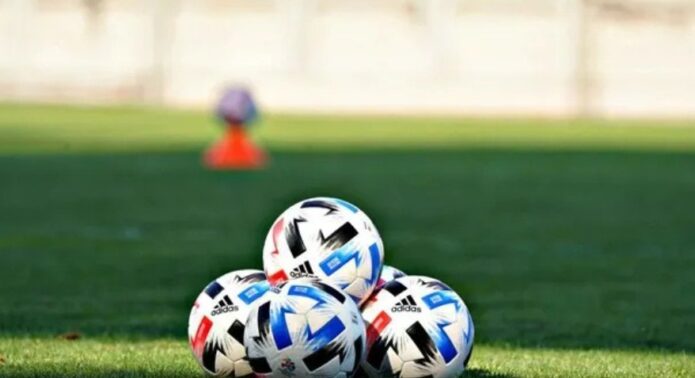
Training balls are designed to take a beating. If you’re drilling passes for an hour, shooting repeatedly at a wall, or working on fitness drills, your ball will endure a lot of contact with rough surfaces. These balls typically have thicker outer layers, machine-stitched panels, and a heavier, slightly stiffer feel.
Match balls, on the other hand, are about precision. They meet strict size, weight, and bounce regulations set by FIFA or your local league. They’re lighter to strike, more responsive to touch, and often hand-stitched or thermally bonded for consistent flight. This makes them ideal for matches but less suited for daily abuse on hard ground or asphalt.
Quick comparison: Think of it like sneakers – the ones you wear to train in the gym are built for durability, but the sleek pair you wear for a race is designed for speed and performance.
Materials and Construction That Matter
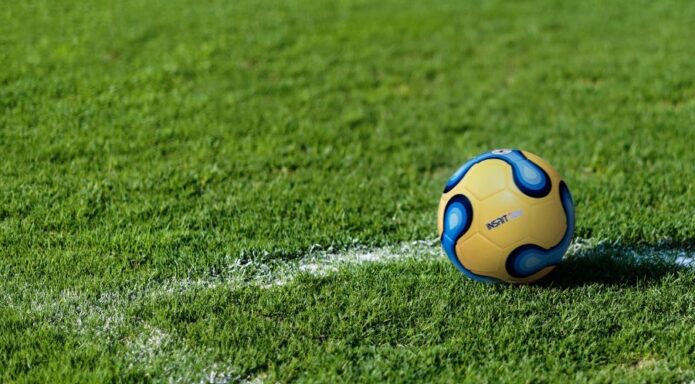
The surface material and panel design aren’t just marketing fluff – they directly impact how the ball moves and how long it lasts.
- Training balls usually use thicker polyurethane (PU) or thermoplastic polyurethane (TPU) for resistance to abrasion.
- Match balls often use premium PU with textured finishes to improve grip and control in all weather conditions.
The number and shape of panels also affect aerodynamics. More panels generally mean a rounder ball and smoother flight, while fewer panels create more unpredictable swerve – something pros often love for free kicks.
The bladder inside is another factor:
- Butyl bladders hold air longer, great for training balls.
- Latex bladders offer better touch and responsiveness, common in match balls (but need more frequent inflation).
It’s worth noting: buying online means you need to pay attention to the description. Check the materials, panel count, and whether the ball is machine-stitched or thermally bonded.
Choosing the Right Ball for Training
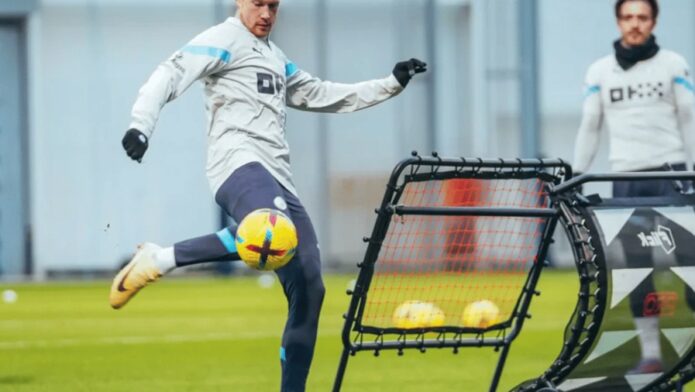
When picking a training ball, durability trumps everything else. You want something that will hold up through hundreds of kicks, rain or shine, and still maintain its shape.
Features to prioritize:
- Machine stitching for stronger seams.
- Thicker outer casing for protection on rougher pitches.
- Butyl bladder for air retention.
- Affordable price so you don’t stress about wear and tear.
A good training ball might feel a bit heavier and less “lively” than your match ball, but that’s actually an advantage for building strength in your touch and strike. When you switch to your lighter, more responsive match ball, you’ll feel the difference immediately.
What Makes a Match Ball Worth the Investment
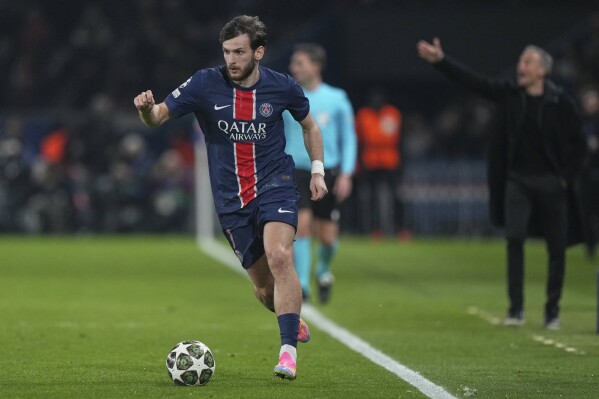
A genuine match ball is engineered for precision. The panel bonding, surface texture, and internal bladder are all designed to make the ball respond exactly to your foot’s touch. This means cleaner passes, truer flight paths, and more predictable rebounds.
Signs you’ve got a true match ball in your hands:
- FIFA Quality Pro or similar certification stamp.
- Hand-stitched or thermally bonded seams for consistent shape.
- Premium PU cover with textured grip.
- Latex bladder for responsiveness (even if it needs more pumping).
A good match ball feels “alive” – you can sense the spin more easily, your passes travel smoother, and your shots carry more power with less effort. But because of that delicate balance, it’s best kept away from abrasive surfaces or constant hard impacts outside of match day.
How Many Balls Should You Own?
If you’re serious about improving, owning at least one training ball and one match ball is ideal. You can use your training ball for 80% of your sessions, especially when working on repetitive drills or playing in less-than-perfect conditions. Save your match ball for the moments that matter – scrimmages, official games, or match-specific practice on good turf.
Many pros even have multiple match balls in rotation to keep them in top condition. For amateurs, just keeping one in a safe spot and inflating it before matches can be enough.
Caring for Your Soccer Balls
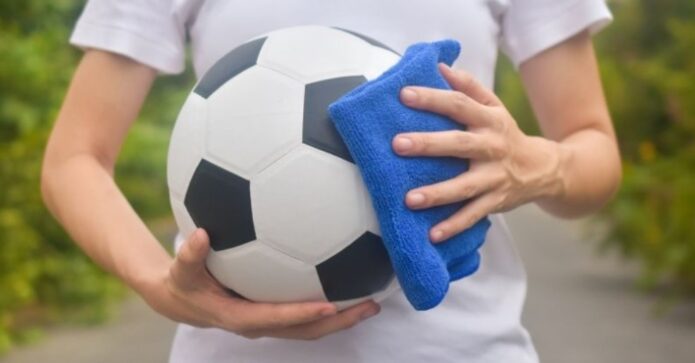
No matter which type you buy, proper care will extend its life and performance.
Basic maintenance tips:
- Always clean mud and dirt after use, especially if you’ve been on a wet pitch.
- Avoid overinflating – check the PSI recommended on the ball.
- Store in a cool, dry place, away from direct sunlight.
- Rotate use if you have multiple balls to avoid uneven wear.
A ball that’s stored properly will keep its shape and responsiveness for much longer, meaning you’ll save money and perform better.
Final Thoughts
If you’re playing regularly, the smartest approach is to use each type of ball for what it’s designed for. A durable training ball will toughen your skills, while a match ball will let you perform at your peak when it counts. It’s not about one being “better” than the other – it’s about using the right tool for the job.
When you’ve felt the difference in your footwork, control, and shot accuracy, you’ll never go back to using just one ball for everything.

